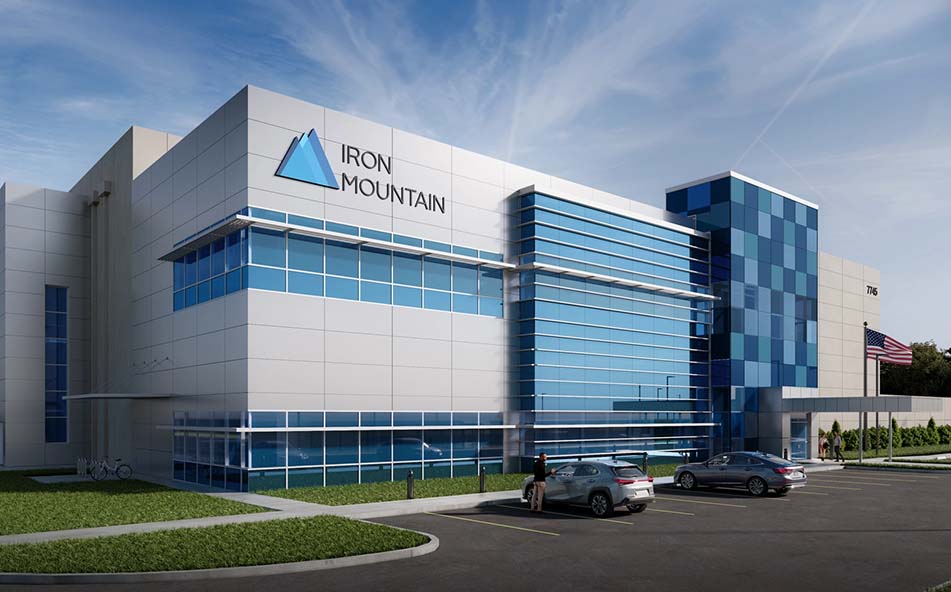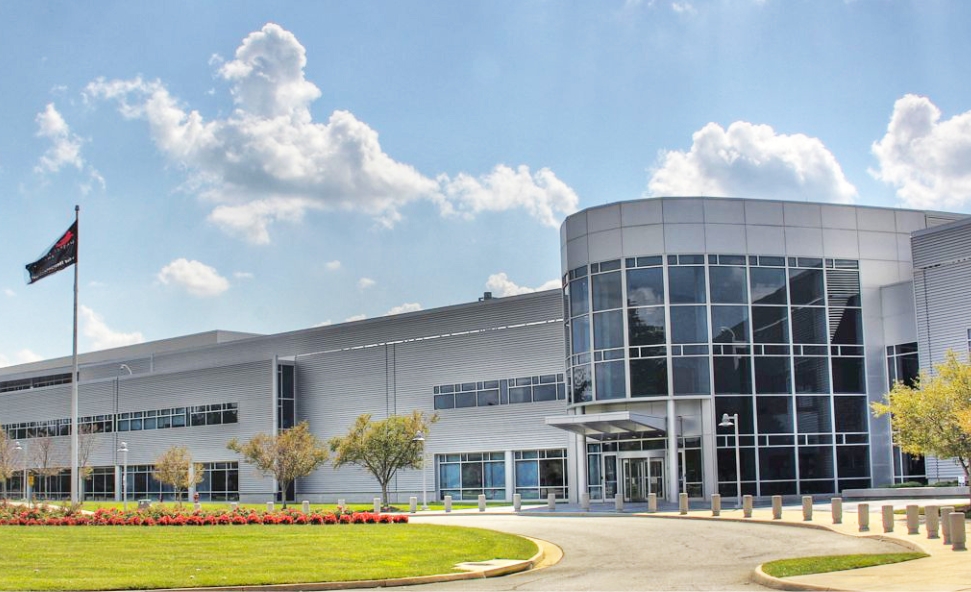
News
Blog | 4 min read
July 10, 2024

Greater Richmond is a prime location for facilities like data centers thanks to the region’s minimal risk of extreme weather conditions and robust high-speed fiber optics network. Data center operators require reliable, risk-free locations for uninterrupted service. Home to operations from QTS, Meta, Chirisa, Pixel Factory and others, Greater Richmond is a proven destination for critical infrastructure like data centers.
USA Today ranked Greater Richmond the #1 Most Climate-resilient U.S. City by analyzing new data from the Federal Emergency Management Agency (FEMA). FEMA ranked 96 U.S. cities based on their low susceptibility to natural disasters and their abilities to prepare for them. Greater Richmond’s strategic location, mild climate and low disaster risk helped to earn the top ranking. Together, these factors and more enhance Greater Richmond’s operational reliability and provide a strong platform for sustained growth and technological advancements in the region.
Greater Richmond-based companies are much less susceptible to natural disasters thanks to its location: just two hours from the coastline and far from fault lines. Only 14 major hurricanes have impacted Virginia since 1950. Just the remnants of seven of these storms passed through the Richmond Metropolitan Statistical Area (MSA). Of these seven storms, four had minor impact and only three had major impact on the region.
Other climate factors include:
FEMA released its first-ever National Risk Index in 2020 measuring the vulnerability to damage caused by social unrest and vulnerability to damage caused by natural disasters. Regarding vulnerability to building damage caused by natural disasters, Greater Richmond’s four localities rank among the nation’s lowest 5 percent.
While the average county in the U.S. can expect $6.3 million annually in weather-related damage to its buildings, Greater Richmond only expects only a third of the cost – an average of just $2.2 million in annual damage.
Companies seeking the right data center location should look no further than Greater Richmond, Virginia. The region’s strategic location offers companies a stable environment with little to no risk of interrupted services. Data centers thrive in Greater Richmond thanks to the region’s minimal risk of operational delays.
In addition to its minimal natural disaster risk, Greater Richmond boasts extensive benefits like its high-speed fiber optic network. Critical fiber optic cable lines, such as Dunant, MAREA, BRUSA and SAEx, all flow throughout Greater Richmond, electronically linking the region to vital international destinations. These lines ensure reliable connectivity and high-performance data transmission and deliver the lowest latency, which is fundamental for businesses requiring uninterrupted service capabilities.
Learn why data centers choose Greater Richmond.